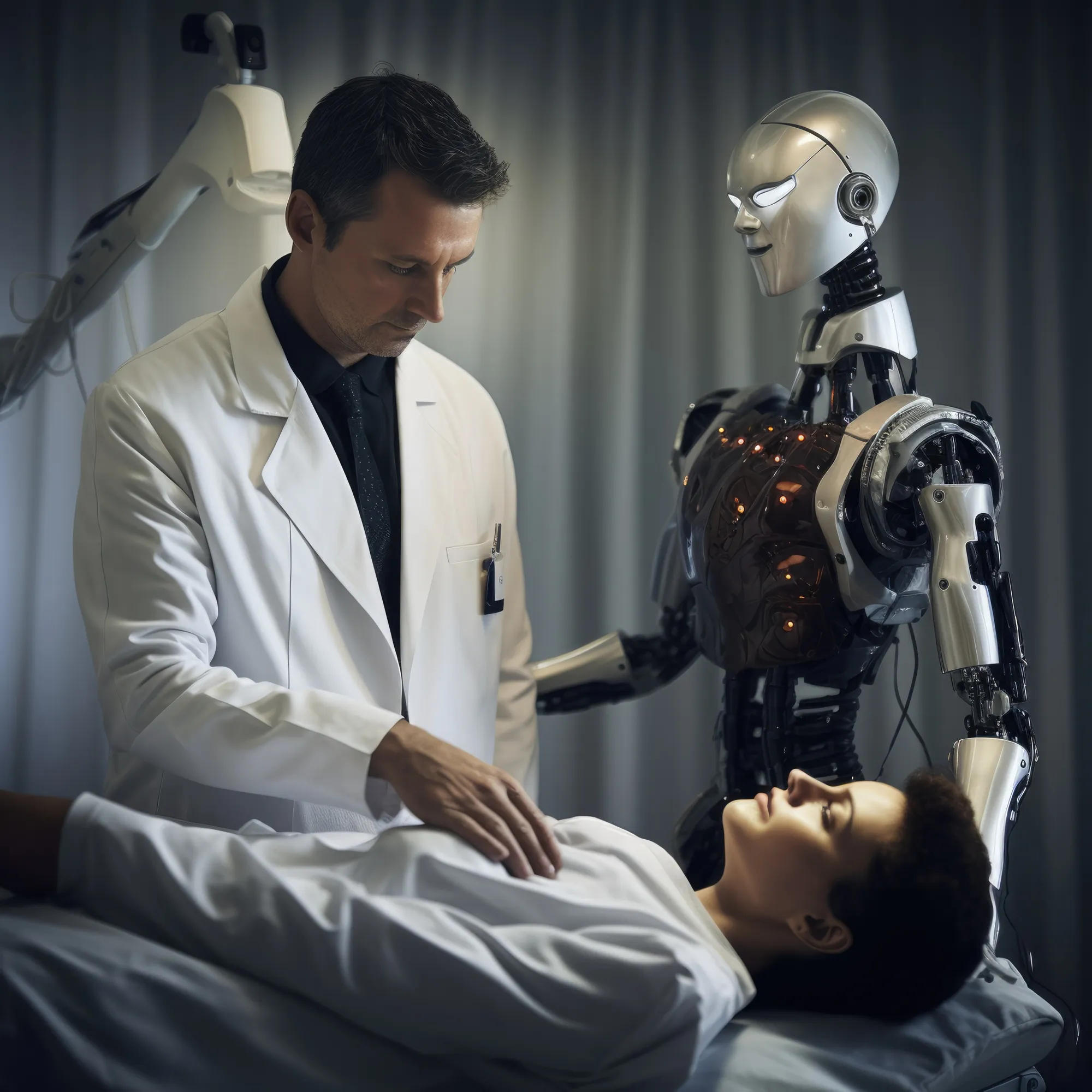Introduction
In the complex and meticulous field of neurosurgery, precision is paramount. The traditional methods, while proven, come with certain limitations, especially in terms of maneuverability and accuracy. Enter the era of robotic assistance—specifically, the Robotic Stereotactic Assistance (ROSA®), which is revolutionizing epilepsy surgery with groundbreaking precision and safety. The latest study, helmed by Anukoon Kaewborisutsakul and colleagues, published in Neurologia medico-chirurgica (Neurol Med Chir, Tokyo), sheds light on the usefulness of ROSA® in a clinical setting.
Breaking Down the Study
The study, with the DOI: 10.2176/jns-nmc.2023-0119, is conducted by a team of experts from the Division of Surgery at the Faculty of Medicine, Prince of Songkla University, and the Department of Neurosurgery at Tokyo Women’s Medical University Adachi Medical Center. The researchers carried out a systematic review and meta-analysis to evaluate the efficiency and safety of ROSA® in depth electrode implantation and stereoelectroencephalography (SEEG), which is pivotal in planning epilepsy surgery.
The team meticulously analyzed relevant clinical data to synthesize conclusive evidence on the technological advances brought forward by ROSA®. They centered their study on how the robotic system enhances surgical outcomes, reduces complication rates, and secures a more targeted approach to complex neurosurgical interventions.
Focusing on Precision: ROSA® in Depth Electrode Implantation
Depth electrode implantation is an essential part of pre-surgical evaluation for epilepsy. It involves placing electrodes within specific areas of the brain to record electrical activity and pinpoint the seizure focus. The accuracy of this procedure is critical, as it dictates the success of subsequent epilepsy surgery. The study reports that ROSA® offers remarkable precision in electrode placement, which is not attainable through freehand methods.
ROSA® utilizes a robotic arm and advanced software that allow for neurosurgeons to plan the surgery in a virtual space before the actual operation. This technology minimizes the margin of error and enhances the surgeon’s ability to navigate through complex neuroanatomy.
Epilepsy Surgery and SEEG: ROSA®’s Role Enhanced
Stereoelectroencephalography (SEEG) is a diagnostic process where electrodes are inserted into the brain to localize the areas responsible for epileptic seizures. It is a minimally invasive procedure that has been greatly optimized by the use of ROSA®. According to the study, this robotic system significantly simplifies the SEEG procedure by automating trajectory planning, leading to reduced operating times and improving overall patient safety.
The researchers found that ROSA®’s 3D planning and real-time guidance features facilitate the identification of the epileptogenic zone with enhanced accuracy, a crucial step for successful epilepsy surgery.
Safety as a Priority: ROSA® in Clinical Practice
Safety is a prime concern in any surgical procedure, and neurosurgery is exceptionally so due to the involved risks. The study by Kaewborisutsakul et al. delves into the reduction of complications associated with robotic guidance. It indicates that using the ROSA® robotic system not only improves precision and surgical outcomes but also ensures elevated safety standards for the patient.
Complications such as hemorrhage, infection, and incorrect electrode placement are considerably minimized when utilizing robotic assistance. With the detailed 3D planning and the robotic arm’s steadiness, inadvertent movements that could cause harm are less likely, leading to safer interventions and quicker recoveries.
Conclusions and Future Directions
The paper published in Neurol Med Chir (Tokyo) concludes that ROSA® is an outstanding tool in the armamentarium of the neurosurgeon, particularly when dealing with intricate procedures such as depth electrode implantation and SEEG for epilepsy. The meta-analysis underscores ROSA®’s significant contributions to both the efficiency and the safety of these neurosurgical procedures.
Furthermore, the study arouses interest in what lies ahead. As robotic assistance becomes increasingly prevalent, the scope for its use and the subsequent enhancement of surgical techniques are vast. Advancements in software algorithms and robotic precision could redefine the surgical care standard not just for epilepsy, but also for a broad range of neurological conditions.
References
1. Kaewborisutsakul A, Chernov M, Yokosako S, Kubota Y. “Usefulness of Robotic Stereotactic Assistance (ROSA®).” Neurol Med Chir (Tokyo). 2024;DOI: 10.2176/jns-nmc.2023-0119.
2. Beasley RA. “Medical Robots: Current Systems and Research Directions.” J Robot 2012;2012:401613. DOI: 10.1155/2012/401613.
3. Cardinale F, Cossu M, Castana L, Casaceli G, Schiariti MP, et.al. “Stereoelectroencephalography: Surgical Methodology, Safety, and Stereotactic Application Accuracy in 500 Procedures.” Neurosurg. 2013;72(3):353-366. DOI: 10.1227/NEU.0b013e31827c600a.
4. Marcus HJ, Cundy TP, Nandi D, Yang G-Z, Darzi A. “Robot-assisted Neurosurgery.” Neurosurg. 2015;76(4):421-436. DOI: 10.1227/NEU.0000000000000611.
5. Tandon N, Tong BA, Friedman ER, Johnson JA, Von Allmen G, Devous MD, et al. “Analysis of Morbidity, Readmission, and Reoperation After Stereoelectroencephalography in the United States.” J Neurosurg. 2019;130(4):1150-1157. DOI: 10.3171/2018.2.JNS172447.
Keywords
1. ROSA® Robotic Surgery
2. Epilepsy Surgery Precision
3. Stereoelectroencephalography (SEEG)
4. Neurosurgical Robotic Assistance
5. Depth Electrode Implantation Safety
The publication and contributions of Anukoon Kaewborisutsakul and the team have painted a clear and promising picture of the future of neurosurgery with robotic assistance. ROSA® exemplifies the technological strides made in medical science, paving the way for safer and more effective treatments for patients suffering from epilepsy and other neurological conditions.
